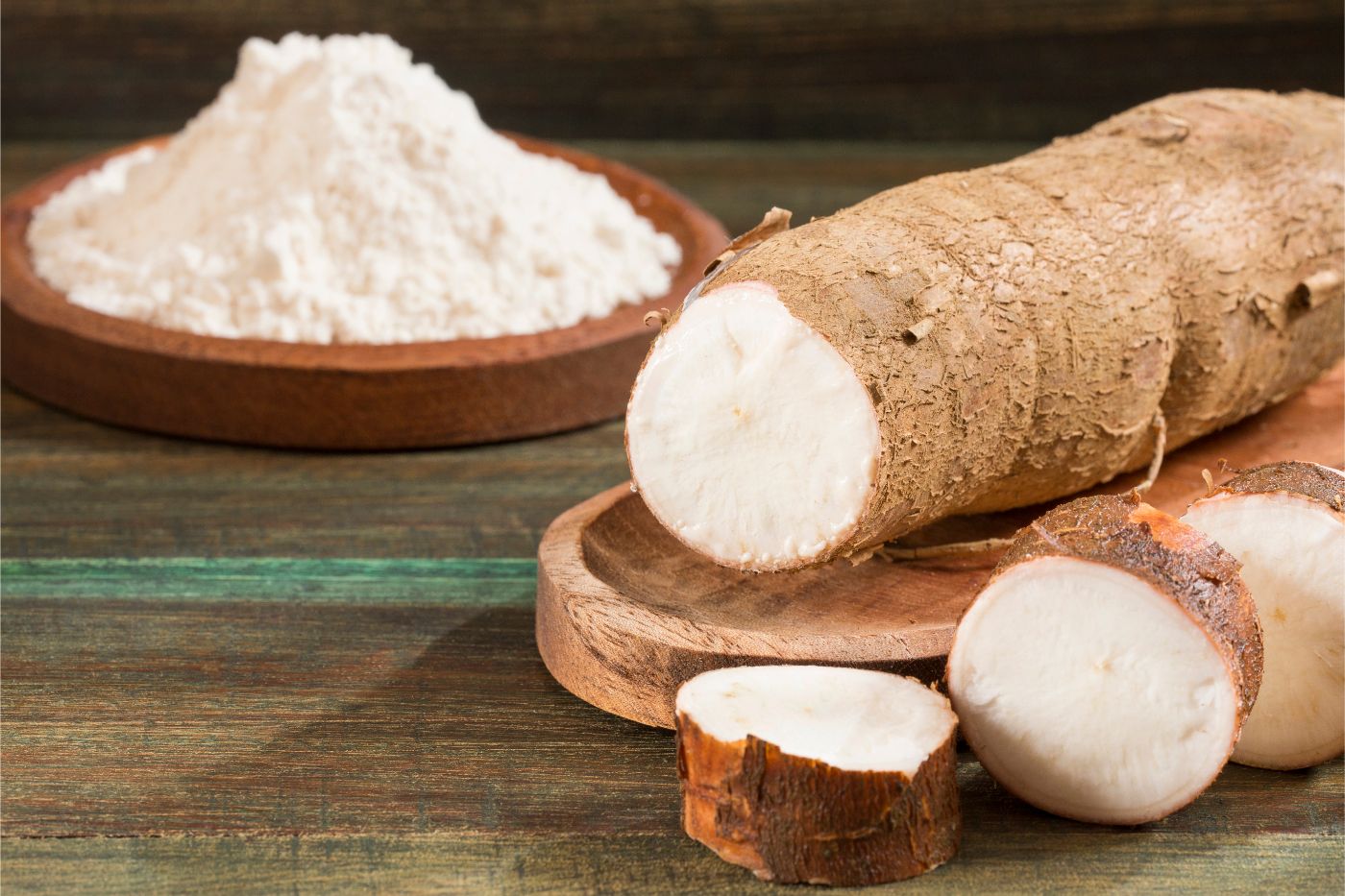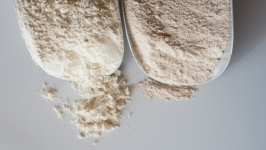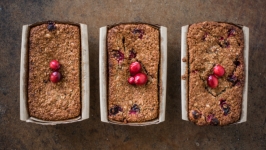Gluten-Free Baking with Cassava Flour
Gluten is a protein that gives elasticity to pizza crust that enables the dough to get big and stretchy when you knead and toss it up in the air. Since there isn’t much protein in gluten-free flours, it’s difficult to get that perfect “mouth feel” without blending flours and adding xanthan or guar gum. Traditionally, rice flour, tapioca starch and potato starch are blended together in varying amounts to produce a “wheat-like” substitute.
However, with the popularity of Whole 30, Grain-Free and Paleo diets, many grain-free options are now readily available, like almond, coconut, green banana, arrowroot and cassava flour. The downside to these flours is that most are not marketed as a 1:1 exchange for wheat or gluten-free flours. That means baking with them often requires heavy experimentation. Cassava flour (produced from cassava root that is peeled, dried and ground) is touted as the exception to the rule: a 1:1, grain-free flour exchange that does not require the addition of any gums.
Want to try using cassava flour at home? Start with this recipe for cocoa brownies. Using cassava flour in a traditional brownie recipe at a ratio of 1:1 produces a favorable (and flavorful) result. The finished product is light and notably free of the gritty aftertaste of gluten-free baked goods made with rice flour. Blends of gluten-free flours paired with xanthan or guar gum produce incredible results, but if you’re looking for grain-free options, cassava flour is a great go-to for texture, flavor and ease of use.















